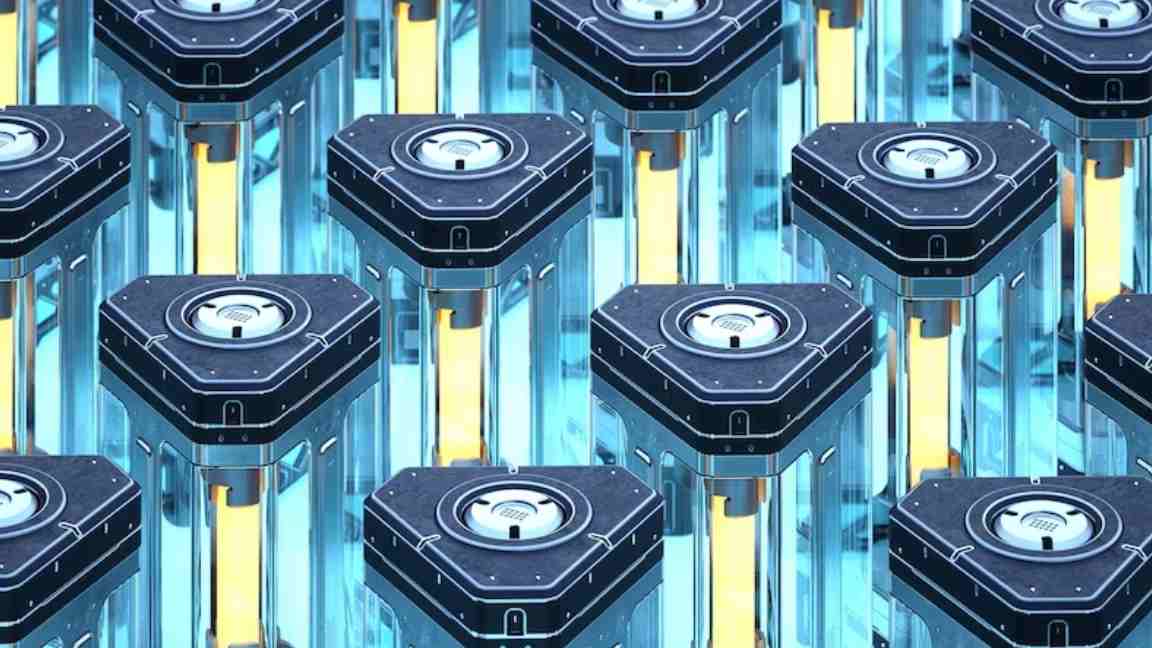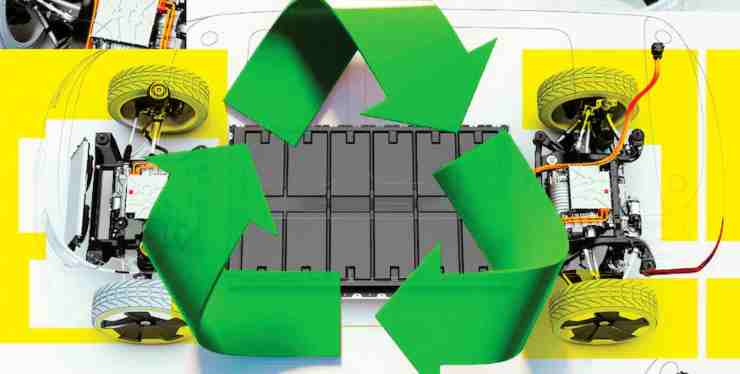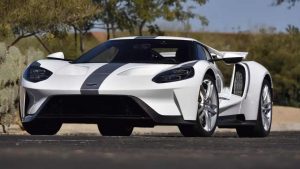The road to better EV batteries: Incremental progress and future breakthroughs

Exploring the Evolution of Electric Vehicle Battery Technology
As the electric vehicle (EV) revolution gains momentum, we often dream of EVs with hundreds of miles of range, batteries that last for decades, and ultra-fast charging. While these aspirations are within reach, they still seem a few years away. So, are we stuck with current EV limitations? Not at all. Battery technology is steadily improving, gradually paving the way for groundbreaking advancements in the future.
Defining “Better” Batteries
To understand battery improvements, it’s essential to define what makes a battery “better.” Is it faster charging, longer lifespan, improved performance in extreme temperatures, cost-efficiency, sustainability, or enhanced safety? Ideally, it’s a combination of these factors, but optimizing one aspect can sometimes compromise others. Common battery parameters include cost, life cycle, power density, safety, sustainability, and thermal performance, all closely tied to battery chemistry.
Battery chemistry plays a pivotal role in determining performance. Changes in chemistry act as platforms for innovation, with various types like lead-acid, nickel-metal hydride, and lithium-ion serving as stepping stones in battery evolution.
Machine Learning and Battery Optimization
Machine learning and artificial intelligence are increasingly utilized to explore numerous material and chemical combinations for optimal battery performance. These technologies help researchers identify correlations and relationships between inputs (material composition) and outputs (battery performance). Researchers can virtually run through thousands of tests daily and choose the most promising combinations for physical testing.
For instance, Chemix uses machine learning to optimize battery cells, resulting in improved cycle life or energy density. The battery chemistry involves complex variables, such as cathode and anode compositions, which impact performance in different ways.
Dual Battery Approach
One innovative approach involves creating a dual battery pack, such as ONE’s Gemini system. It combines lithium iron phosphate (LFP) cells known for durability but lower energy density with anode-free cells that offer higher energy density but shorter life cycles. This pairing allows drivers to switch between the two cell types, offering extended range when needed.
Thermal Performance
Battery performance is heavily influenced by temperature. Extreme cold can impair lithium-ion batteries’ functionality, causing electrolytes to freeze and reducing power generation. Advanced electrode designs and self-heating systems are being explored to mitigate cold-weather issues.
Solid-state batteries are seen as a game-changer for temperature resilience. These batteries replace liquid electrolytes with solid materials, eliminating freezing concerns and enhancing low-temperature performance.

Recyclability
Battery recyclability is crucial for sustainable EV production. Machine learning is improving battery pack identification and disassembly processes for recycling. Standardizing battery cells and modules allows for refurbishing instead of complete recycling, reducing waste. Additionally, “black mass” from recycled batteries can be refined and used as a better alternative to virgin materials in battery production.
Solid-State Batteries: The Future Game-Changer
Solid-state batteries hold the promise of revolutionary EV performance. They use solid separators instead of liquid electrolytes, resulting in higher energy density, faster charging, enhanced thermal stability, and improved low-temperature performance. However, solid-state batteries face challenges, including lithium supply constraints and dendrite formation. Mass production of solid-state batteries remains a few years away.
Conclusion: The Ongoing Evolution
While solid-state batteries represent the future of EV technology, today’s lithium-ion batteries and evolving chemistries like LFP continue to improve incrementally. Year-over-year advancements of around 6% in battery performance demonstrate that we are far from reaching the limits of battery innovation. Exciting research areas, such as multi-electron conversion, promise even higher energy densities, longer ranges, and smaller, lighter battery packs.
As we navigate the path to better EV batteries, patience and continuous innovation are key. Each small step brings us closer to the future of electric mobility, where range anxiety and charging concerns are distant memories.





